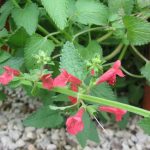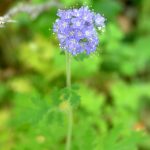Brown-eyed Susan
By Victor
In
Brown-eyed Susan2019-10-222022-03-24/wp-content/uploads/2019/02/logo2.pngGarden Style San Antoniohttps://www.gardenstylesanantonio.com/wp-content/uploads/2019/10/1493325735Brown-eyed-Susan-Rudbeckia-hirta-detail-brad-wier.jpg200px200px
Brown-eyed Susan
–
Rudbeckia hirta
Rudbeckia hirta
Black-eyed Susan, Margarita amarilla
Eastern U.S., to Central and Southern U.S.
1
–
3 feet
1
–
3 feet
 Central Texas
Central Texas Texas
Texas Full Sun
Full Sun Part Sun/Shade
Part Sun/Shade Very Low
Very Low Flowering
Flowering Attracts Pollinators
Attracts Pollinators
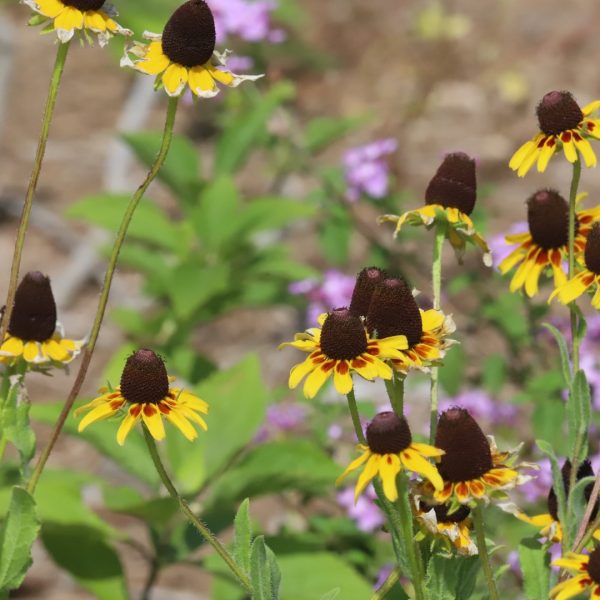
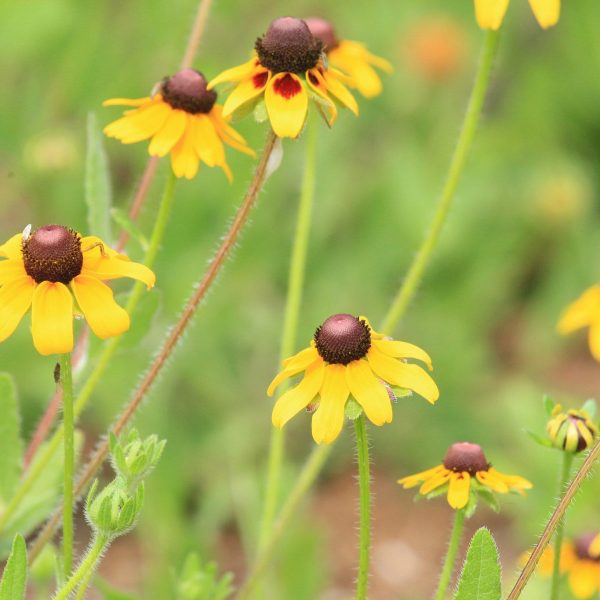
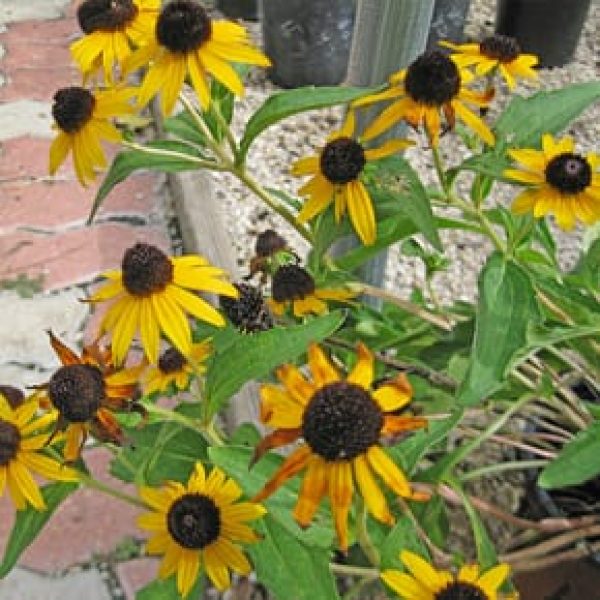
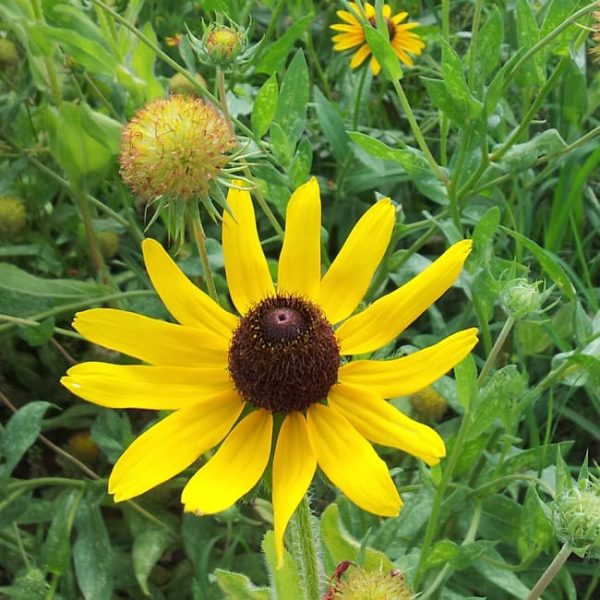
Previous
Next
About This Plant
Sun or partial shade, with well-drained soil. Blooming from late spring to summer, this cheerful, widespread wildflower is considered an annual to a short-lived perennial across its range. Showy golden-yellow ray flowers occur singly atop 1-2 ft. stems, with disk flowers forming a brown central cone. The coarse stems and oval leaves are covered with bristly hairs.
Brown-eyed Susan is a food source for Bordered Patch and Gorgone Checkerspot butterflies.
Maintenance
Sow seed in autumn. Supplement with one or two waterings between sowing and germination. Plants are biennial, forming a rosette the first year, and flowering the next year.
Features
Plant Type:
Wildflowers
Size:
1-3' H, 1-3' W
Sunlight Requirements:
Full Sun, Part Sun/Shade
Soil Types:
Clay, Sandy, Thin, Well drained
Wildlife:
Bees, Butterflies, Butterfly Larvae, Pollinators
Flower Color:
Brown, Yellow
Bloom Time:
June, July, August, September, October
Freeze Hardy:
Yes
Invasive:
No
Caution:
None
Coupon Eligible:
No
This plant goes well with
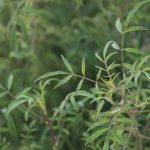 Tagetes lemmonii
Tagetes lemmonii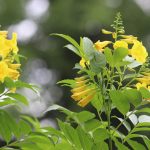 Tecoma stans
Tecoma stans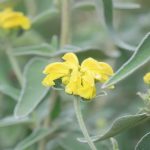 Phlomis fruticosa
Phlomis fruticosa
- List Item #1
- List Item #2
- List Item #3
Recent Posts





